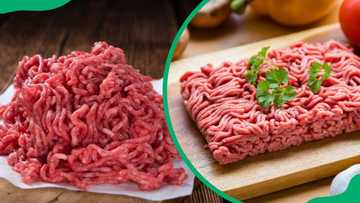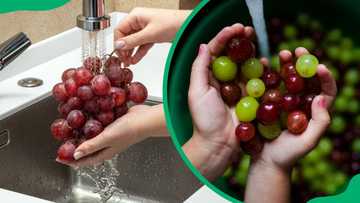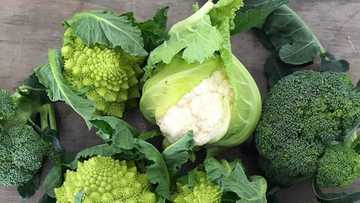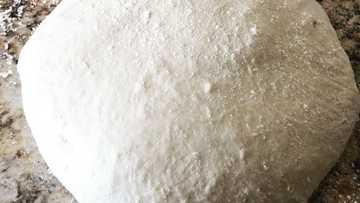How to tell if salmon is bad: Easy ways to spot spoiled fish
Salmon is a staple in many fridges and dishes, prized for its flavour and nutrition. However, a bad piece of salmon can be a culinary disaster, leading to foodborne illness. If you are trying to figure out how to tell if salmon is bad, this guide will teach you everything you need to know to spot spoiled ones easily and confidently.
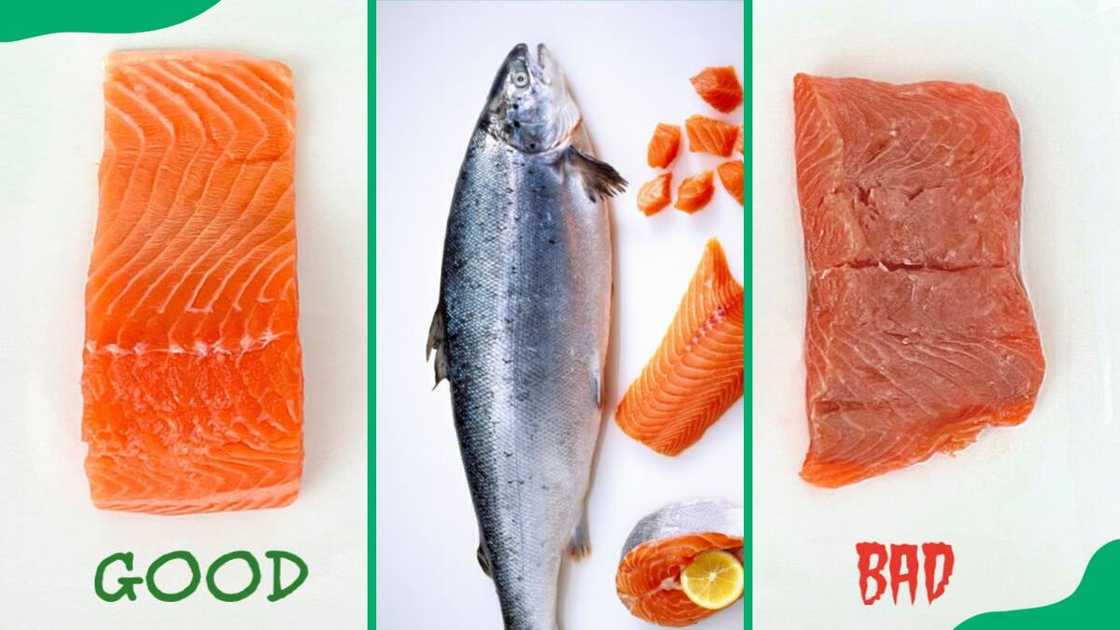
Source: Facebook
TABLE OF CONTENTS
While salmon is known for its high nutritional content and ease of preparation, it is also considered one of the most perishable proteins. If not stored correctly, it can spoil quickly. Being vigilant and checking for signs of spoilage is critical to ensuring you are consuming safe and fresh food fish. Here are some tips to determine if your salmon has gone bad.
What makes salmon go bad?
The food fish can go bad due to a combination of factors, including spoilage, contamination, improper storage and handling, bacteria growth, and old age. All these can make it unsafe or unenjoyable to eat.
How can you tell if salmon has gone bad?
You can determine how to know if salmon is bad by assessing a few sensory cues and checking labels:
- Expiration date: Check the label for the expiration date. If it is past the date, toss it.
- Smell: Fresh ones should have a neutral or mild smell. It has gone bad if it smells fishy, sour, or ammonia-like.
- Appearance: Fresh seafood fillets should be bright pink or orange without discolouration, darkening, or drying around the edges. Dull or grey colouring, dark spots, or filmy white residue indicate spoilage. Whole fish should have clear, shiny eyes and red gills; dull or faded eyes and gills suggest the fish needs to be fresh.
- Texture: Fresh ones have a firm texture; the flesh should spring back when pressed. If it is mushy or slimy, the salmon is bad.
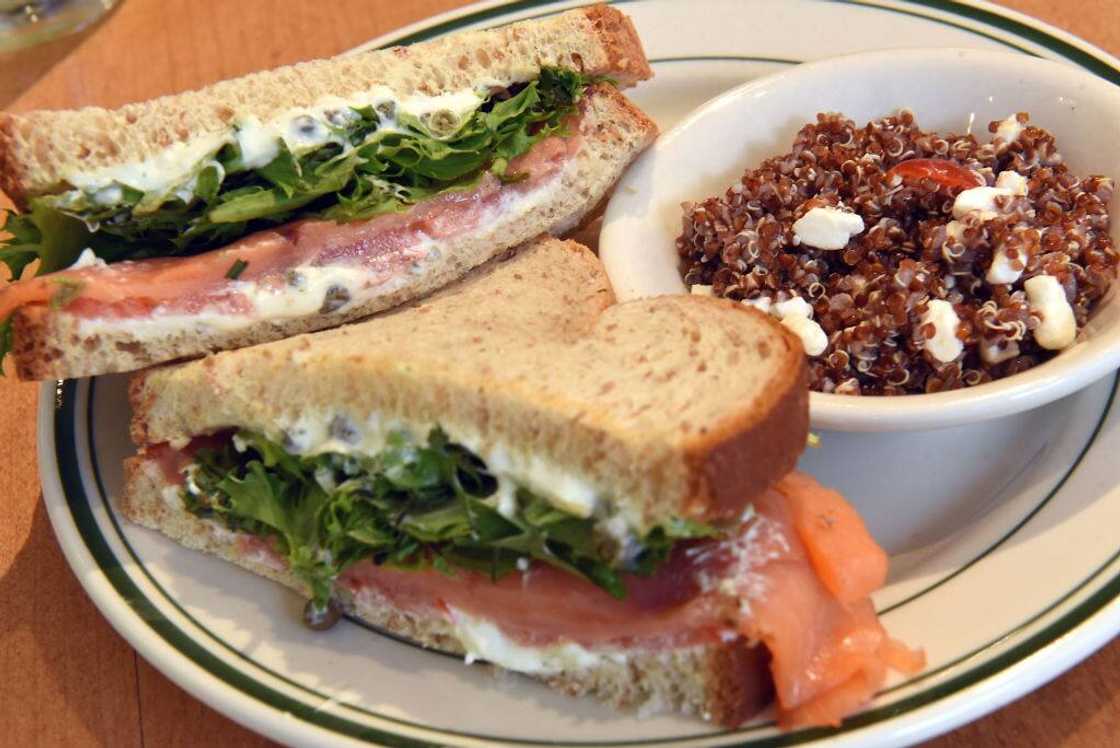
Source: Getty Images
How long is raw salmon good in the fridge?
According to USDA guidelines, raw ones can be safely stored in the fridge for one to two days from purchase. Store it in a clean refrigerator at 40 degrees Fahrenheit or below to keep it fresh.
To prevent bacterial growth, avoid leaving it at room temperature for over two hours (or one hour if it is above 90 degrees Fahrenheit). If you do not plan to eat it within two days, consider moving it to the freezer, where it can be stored for months.
How to tell if frozen salmon is bad
To tell if frozen fish has gone bad, look for a dull or greyish colour, a soft or mushy salmon texture, or a strong, unpleasant smell. Additionally, sunken or cloudy eyes or a slimy coating indicate spoilage. To store, wrap it tightly in an airtight, resealable bag. When ready to use, defrost overnight in the refrigerator.
How long is cooked salmon good for?
Cooked ones are safe for three to four days when refrigerated at 40°F (4°C) or below. To keep it fresh, let it cool completely, then store it in an airtight container or wrap it tightly in aluminium foil or plastic wrap and place it in the coldest part of the fridge.
How do you know if you should not eat salmon?
To determine if you should not eat salmon, look for the following signs of spoilage:
- Slimy texture: Fresh ones should be firm and glossy. If it feels slimy or sticky, it is likely spoiled and can cause bad salmon symptoms.
- Off smell: It should have a mild, slightly sweet aroma. It has gone bad if salmon smells fishy, strong, or like ammonia.
- Discolouration: Fresh ones should be vibrant pink or orange. Brown spots on salmon, greyish and greenish hues, or black spots indicate spoilage.
- Soft or mushy flesh: The flesh should be firm. It is likely a spoiled, expired salmon if it is soft, mushy, or breaks apart easily.
- Rancid flavour: If it tastes sour, bitter, or metallic, it is spoiled.
- Expired or old: Check the "sell by" or "use by" date. If it has passed this date, it is likely to have expired.
- Frozen salmon: If it has freezer burn, ice crystals, or a dull, dry appearance, it is spoiled.
- Freshness labels: Look for labels like "sushi-grade" or "sashimi-grade." If the label is missing or expired, discard it.
- Cross-contamination: If it has come into contact with potentially harmful bacteria, it is best to discard it.
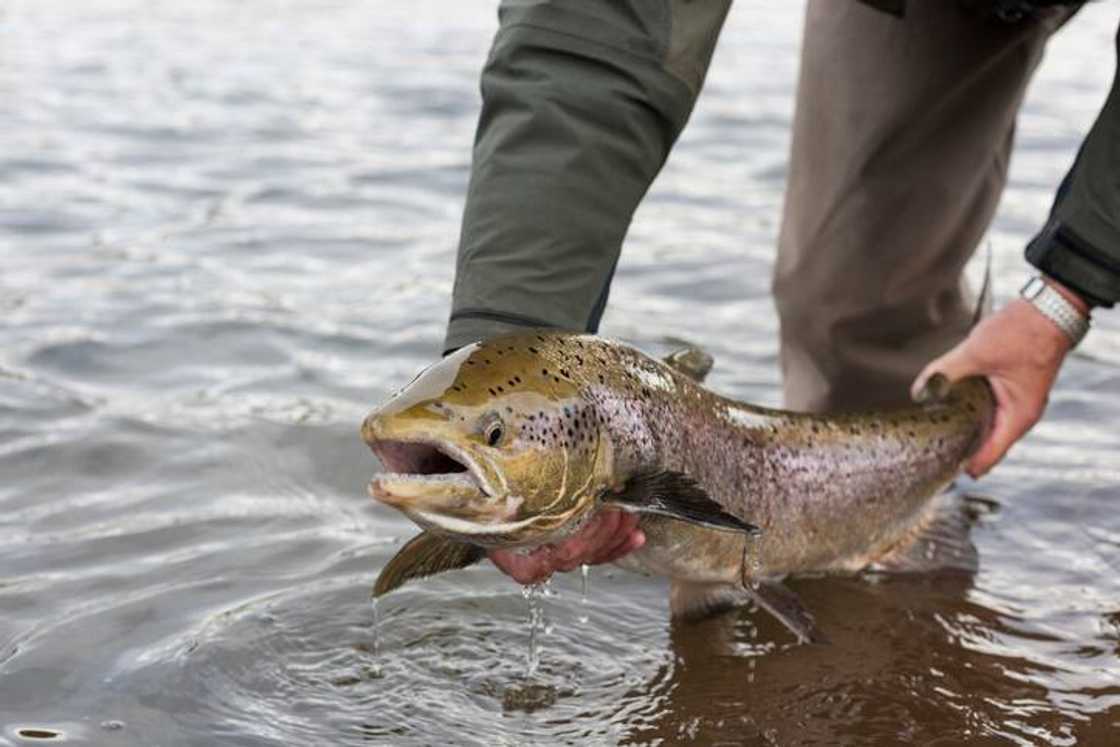
Source: Getty Images
What happens if you eat bad salmon?
If you consume spoiled ones, you may suffer from food poisoning caused by bacteria or other microorganisms. Symptoms of food poisoning include nausea, vomiting, diarrhoea, headache, dizziness, and fatigue.
FAQS
Here are some of the questions asked regarding bad salmon and the best answers:
- What does bad salmon taste like? Bad ones taste sour, bitter, or metallic, with a slimy texture and an unpleasantly strong or "off" flavour.
- What does bad salmon smell like? It has a strong, pungent, and unpleasant fishy smell, often compared to ammonia, sour milk, or rotten eggs.
- What does bad salmon look like cooked? A badly cooked one appears dull grey, flaky, and dry. It also has a rough texture, lacks juiciness, and possibly has a mushy texture and unpleasant odour.
Knowing how to tell if salmon is bad is essential to enjoy this tasty seafood safely. Consuming spoiled salmon can lead to unpleasant stomach issues and even severe parasitic infections. With these tips, you can spot bad salmon and savour every bite confidently.
DISCLAIMER: This article is intended for general informational purposes only and does not address individual circumstances. It is not a substitute for professional advice or help and should not be relied on to make decisions of any kind. Any action you take upon the information presented in this article is strictly at your own risk and responsibility!
READ ALSO: Does vanilla extract go bad? Shelf life, storage tips, and spoilage signs
As published on Briefly, vanilla extract is a staple ingredient in many kitchens, popularly used in baking and cooking. It is a central ingredient in vanilla cake, cupcakes, ice cream, and buttercream.
You can use it in savoury dishes like marinades, puddings, and grilled meat, and drinks like hot chocolate and coffee. Although it adds flavour and aroma to sweet treats, does vanilla extract go bad or lose its potency over time? The post explains more.
Source: Briefly News

